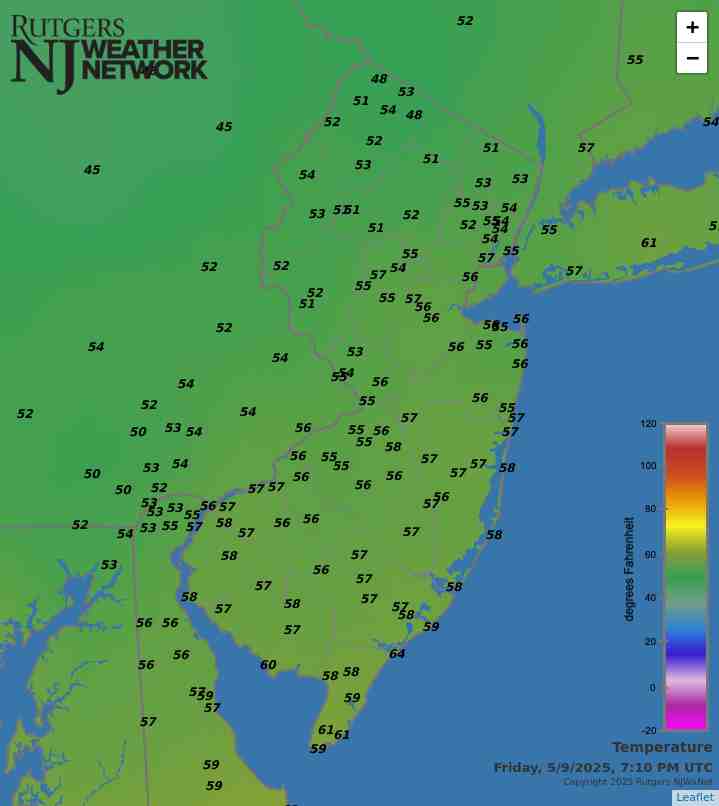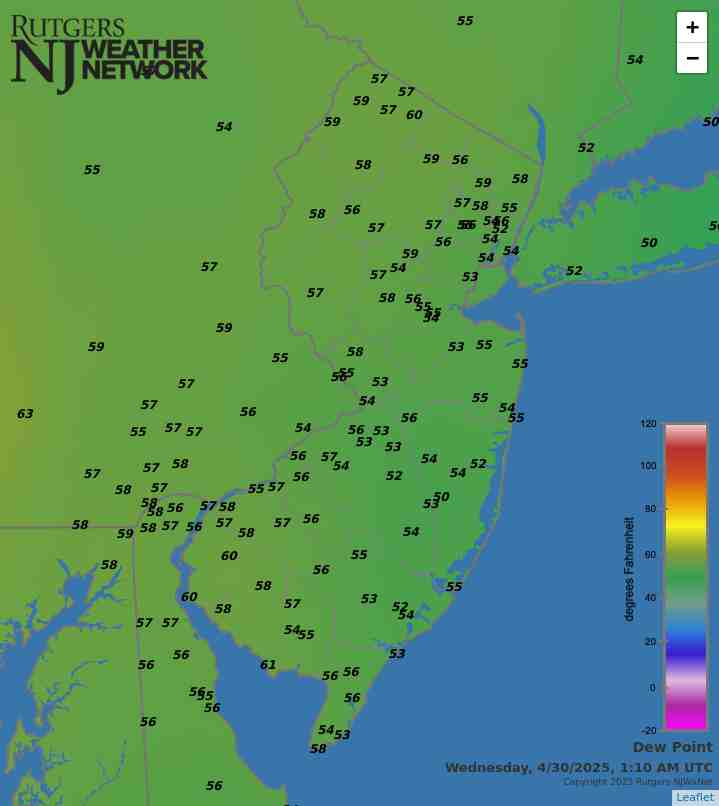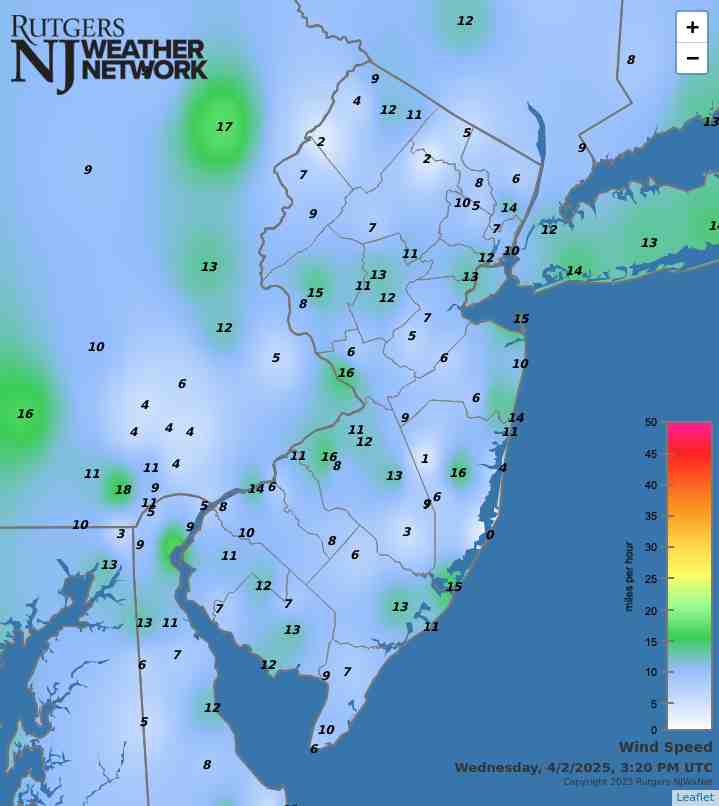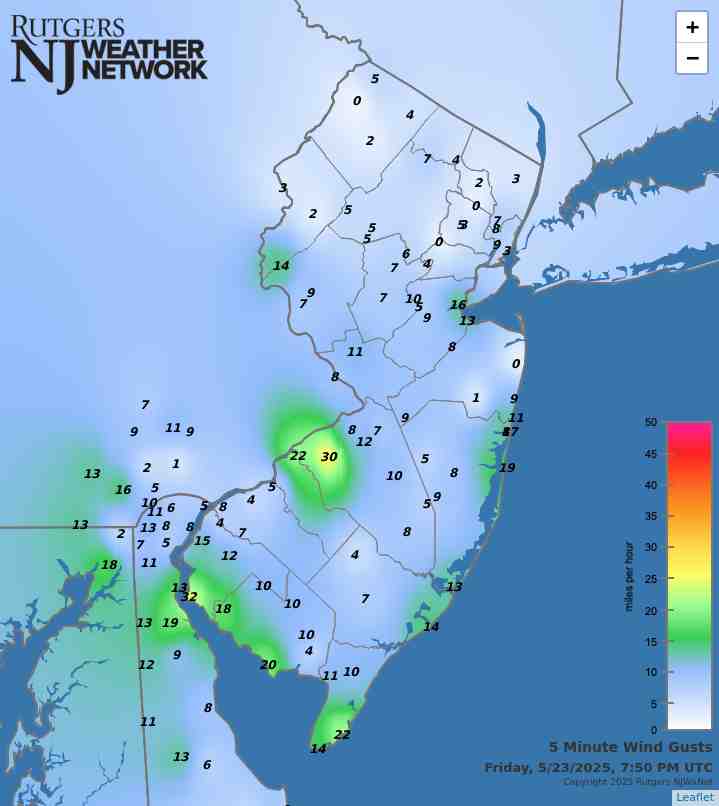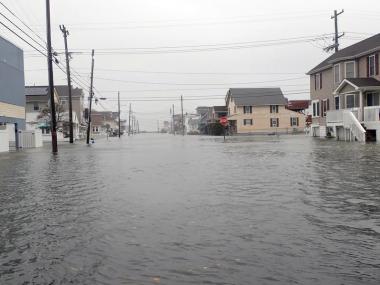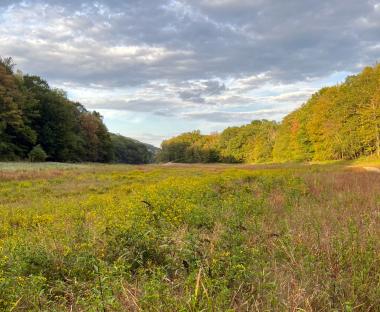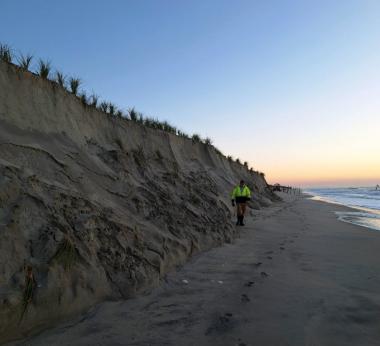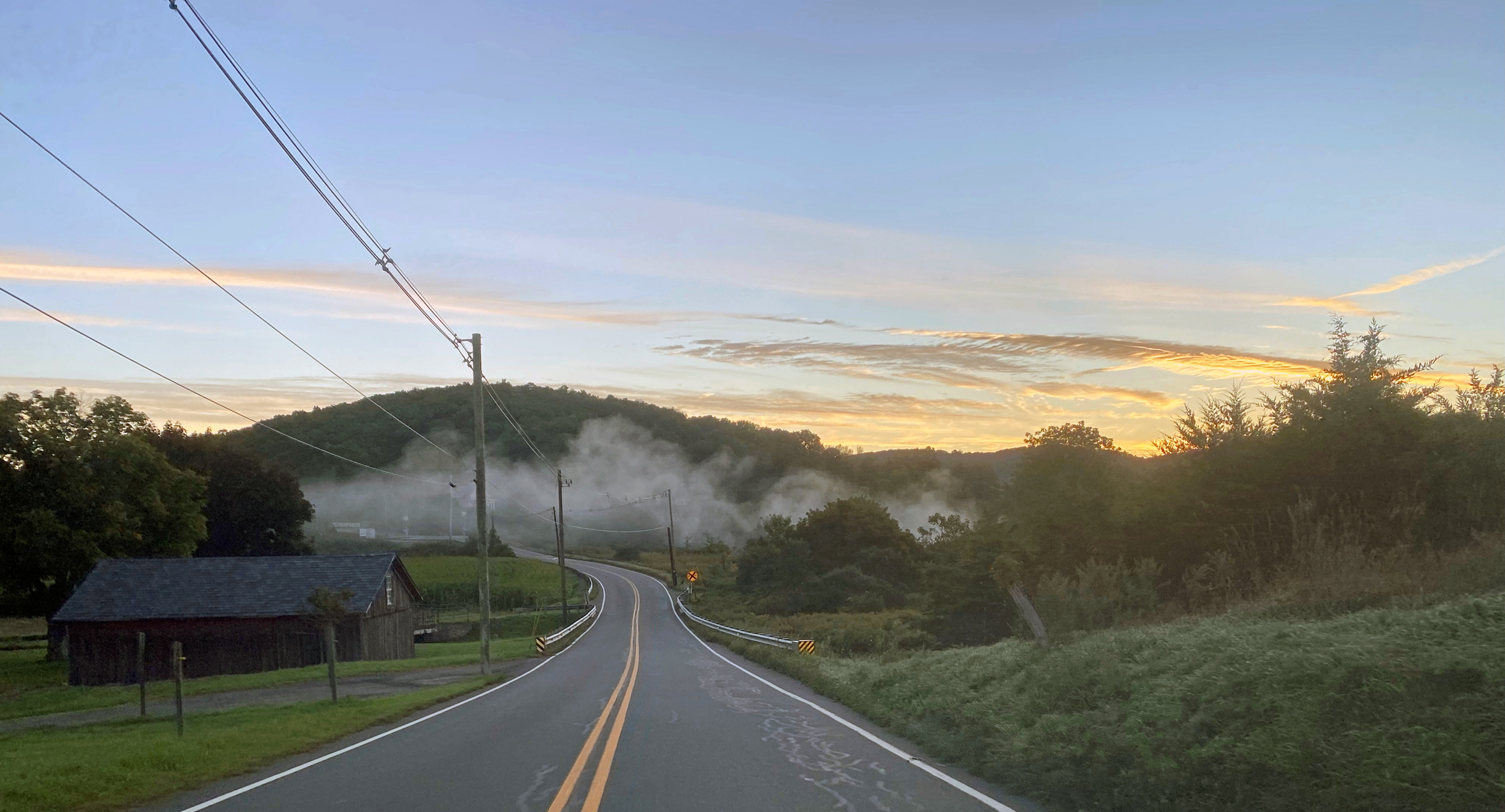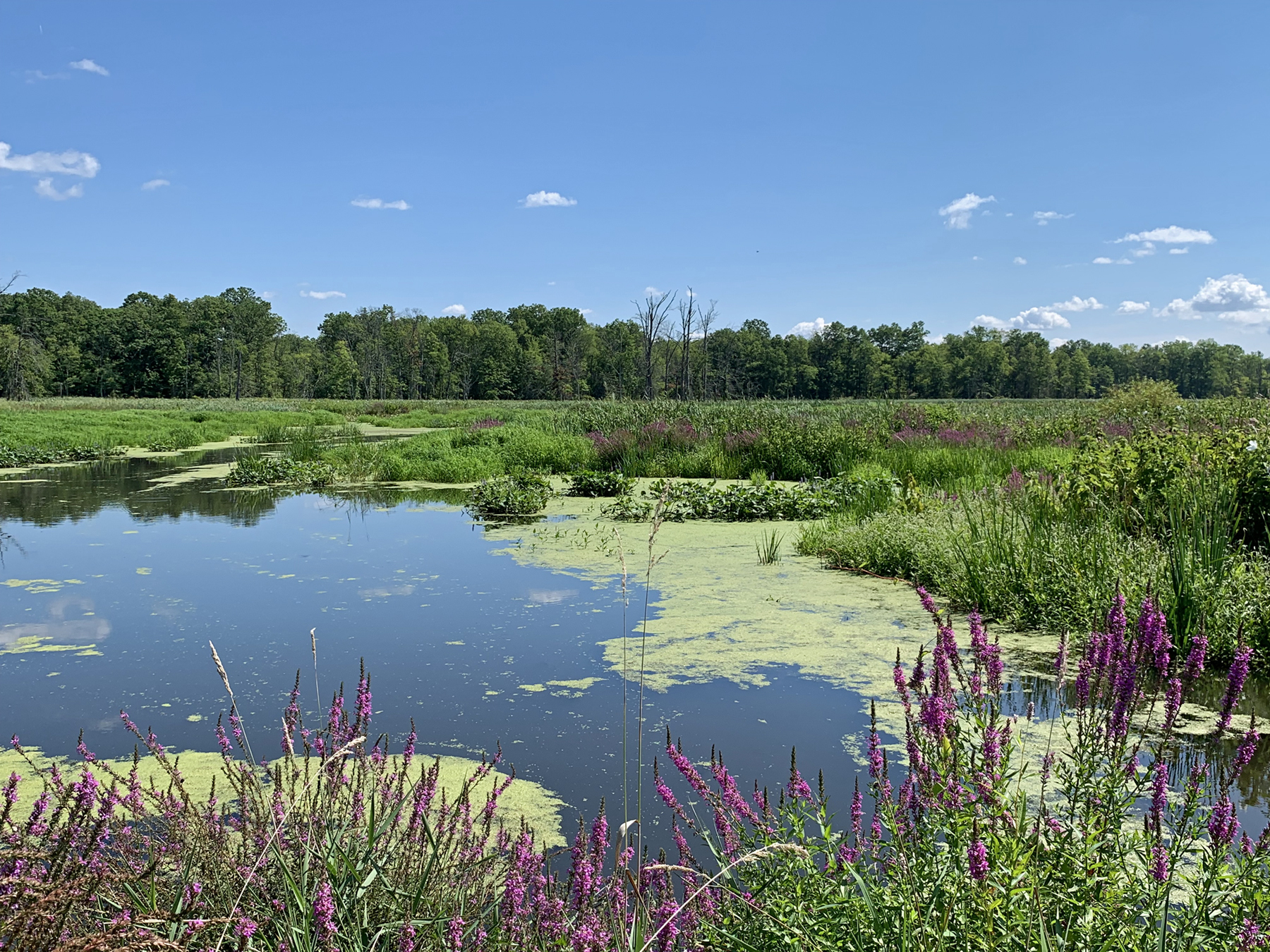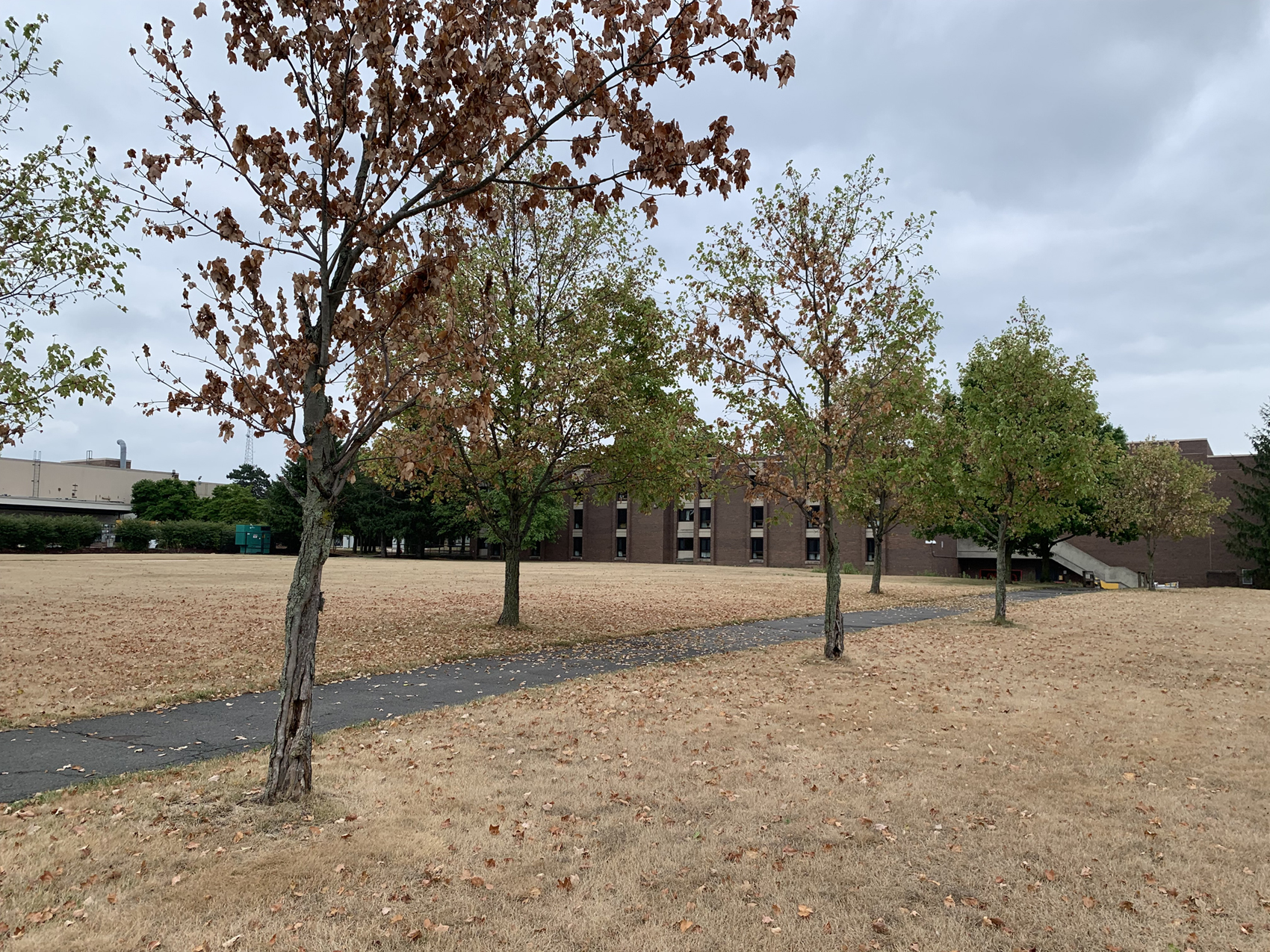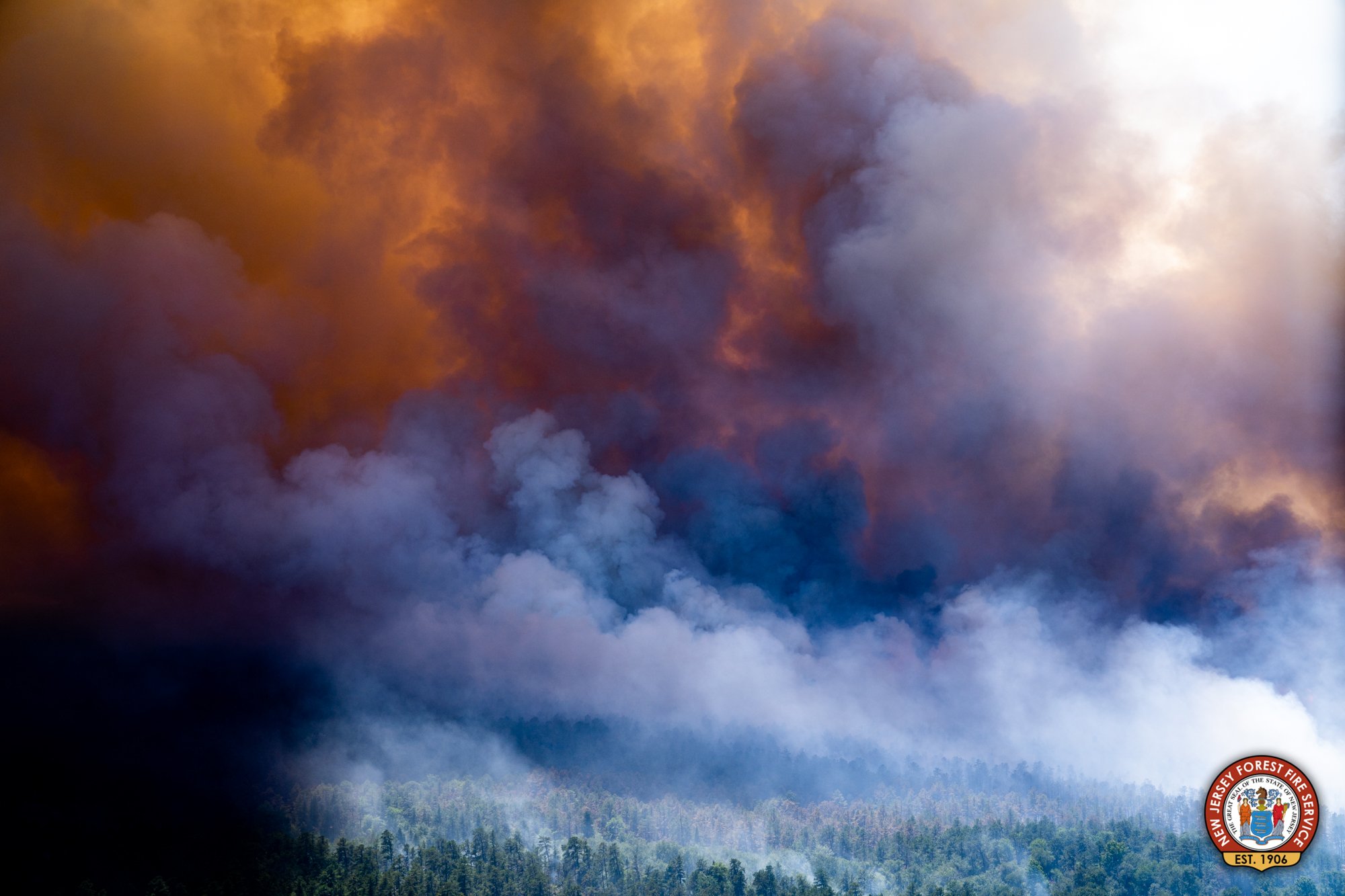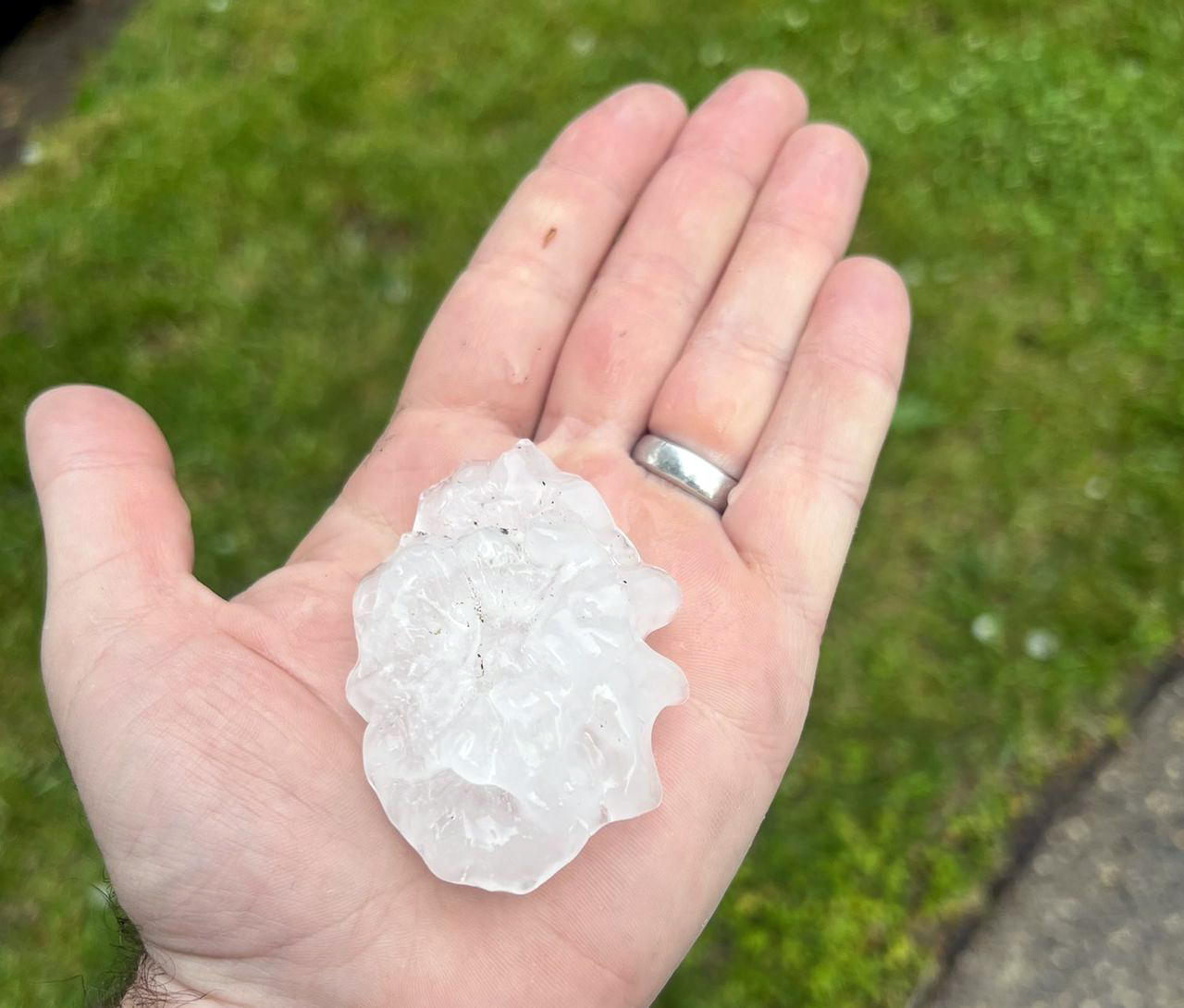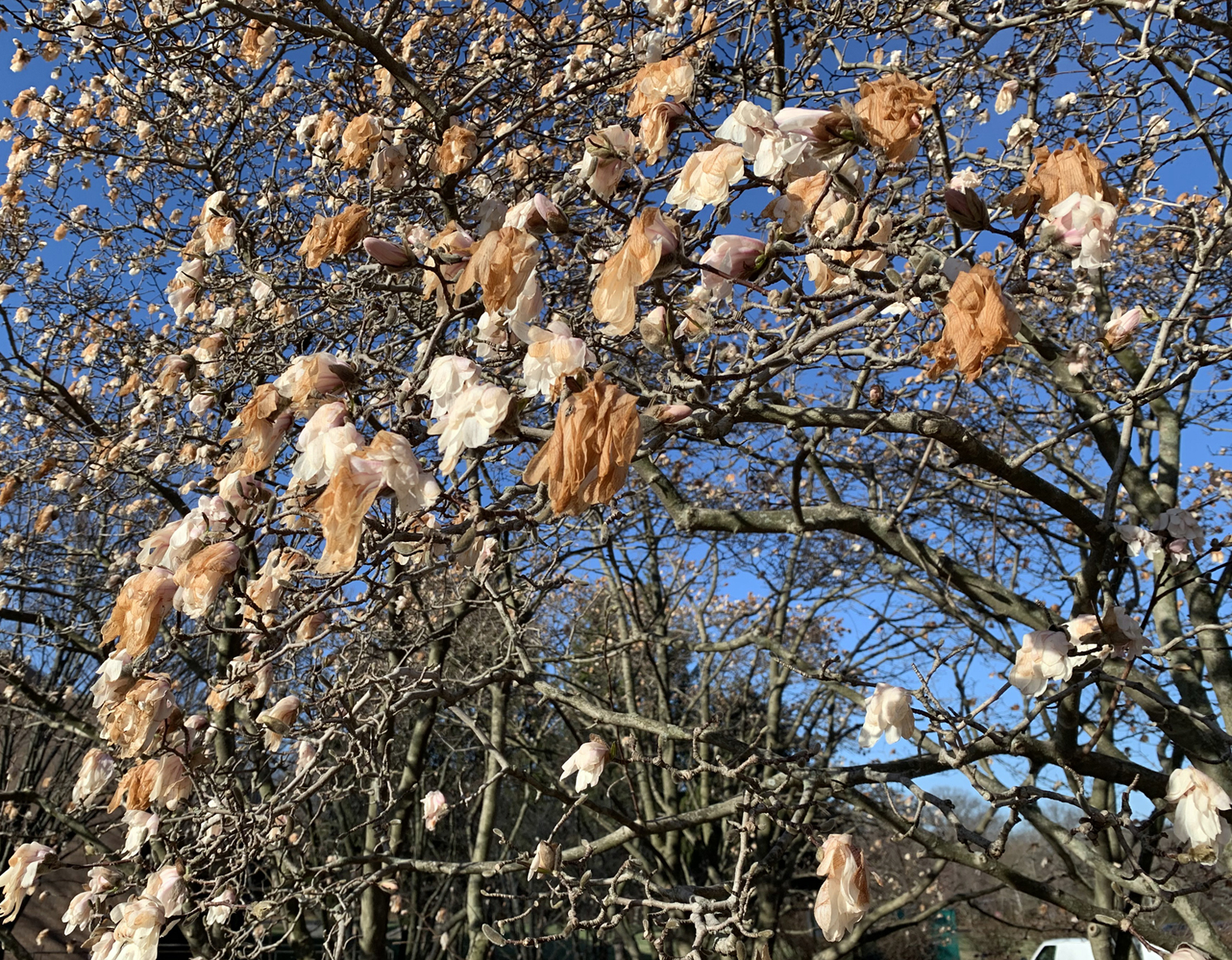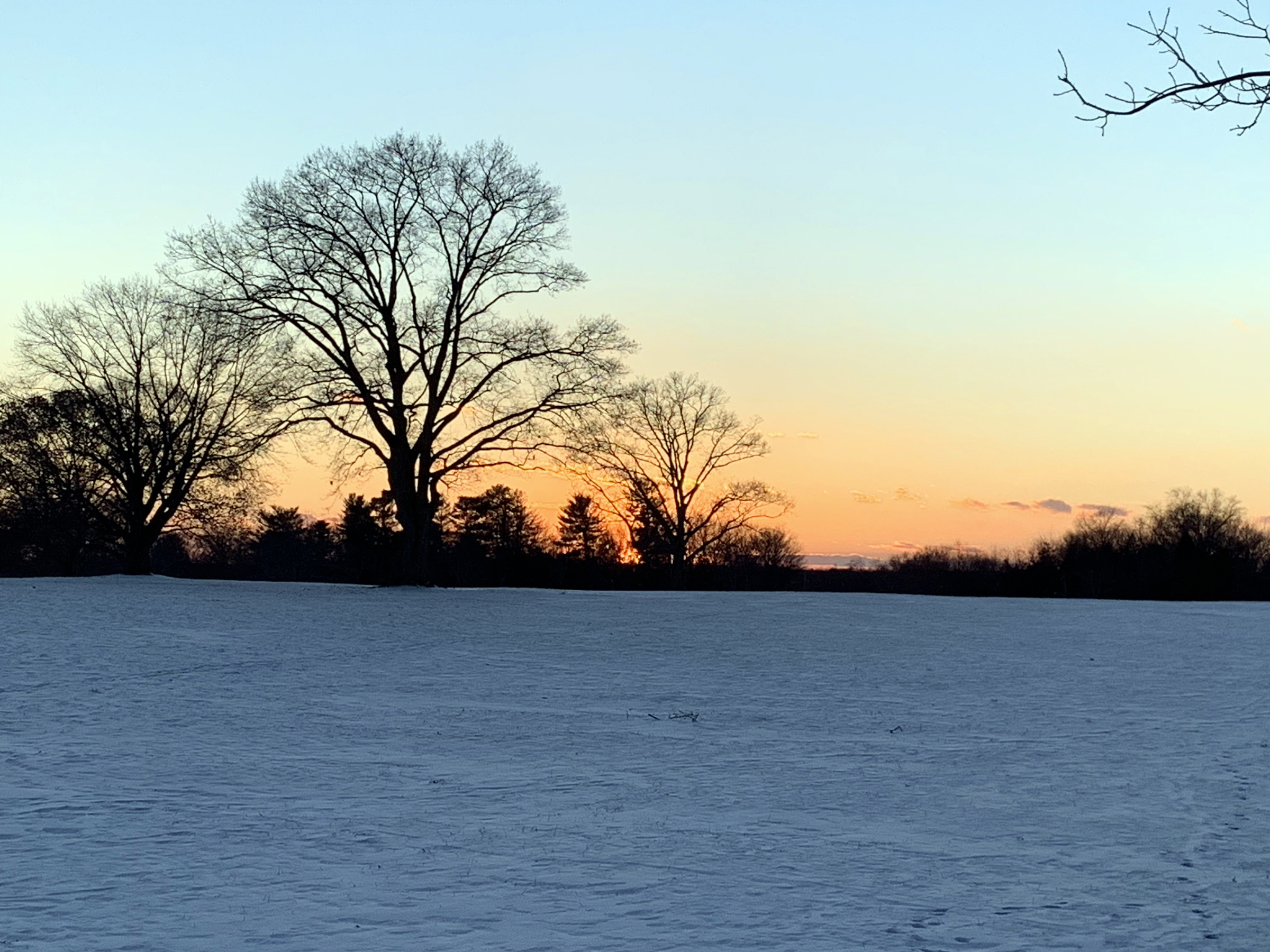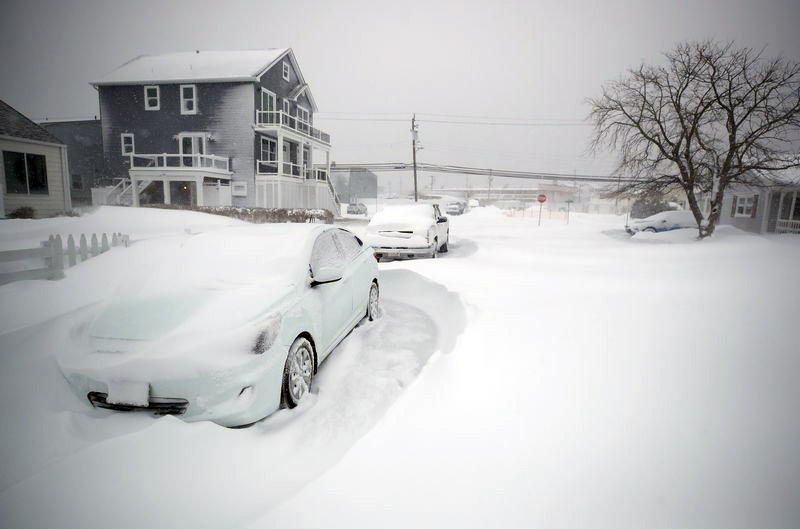Comparing the 1981–2010 and 1991–2020 Normals
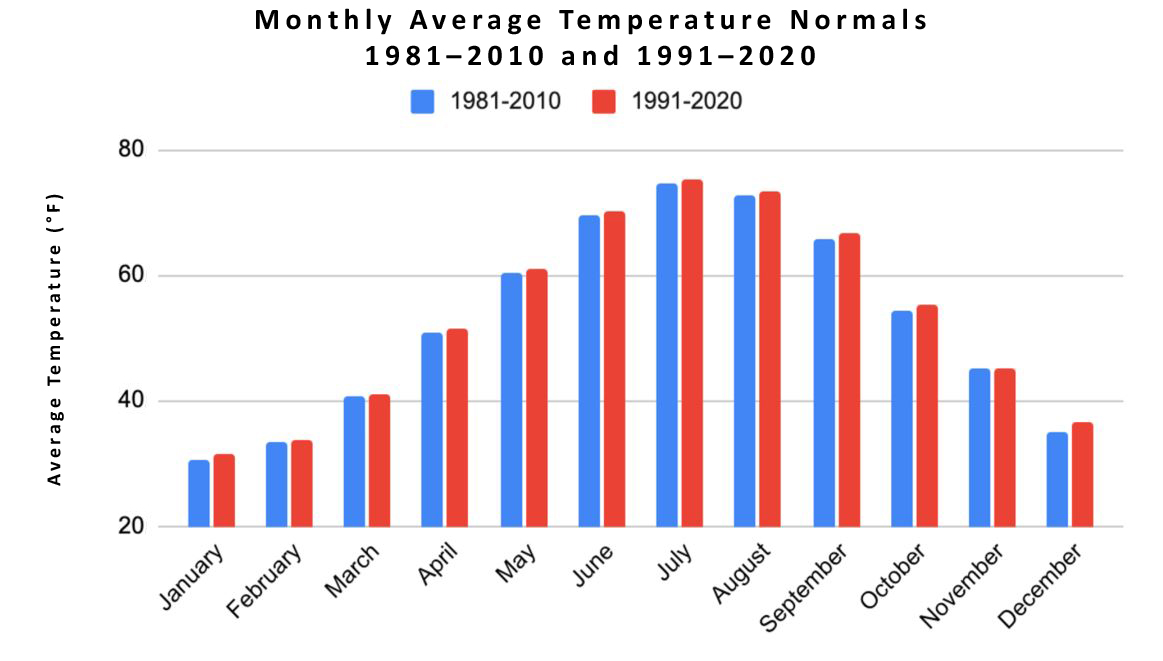
Human-induced climate change is no longer an abstract concept or a threat to be faced in the future. It is currently changing the workings of Earth’s atmosphere and causing extremes in weather events (Arguez et al. 2012). It is the warming of the environment from human activity that is indicated through variables such as temperature, precipitation, and sea level. This global phenomenon influences regional climates. In particular, New Jersey has been one of the fastest warming states throughout the country (New Jersey Department of Environmental Protection 2020) and observing how is fundamental in understanding how climate change is affecting the natural state of the environment.
When one looks to observe how the climate of New Jersey has changed, one way to explore any adjustment in the climate system is by examining climate normals. These normals reflect 30-year averages of weather observations. They are the basis for judging how daily, monthly, and annual weather conditions compare to what is “normal” for a specific location in today’s climate. Normals provide a baseline that allows an individual to compare a location's current weather to average conditions one would expect to see. Normals are updated every ten years at (e.g., 1991–2020), similar to how a Census provides an updated snapshot of the populace and economy of the United States. They replace the previous 30-year normals (e.g., 1981–2010), and are calculated within the United States and elsewhere around the world. Gaining new information from them every ten years is useful in the work of public and private stakeholders, including the energy and agricultural sectors of the U.S. economy, building design, infrastructure, construction, and many governmental organizations such as the United States Department of Agriculture and Department of Health and Human Services.


